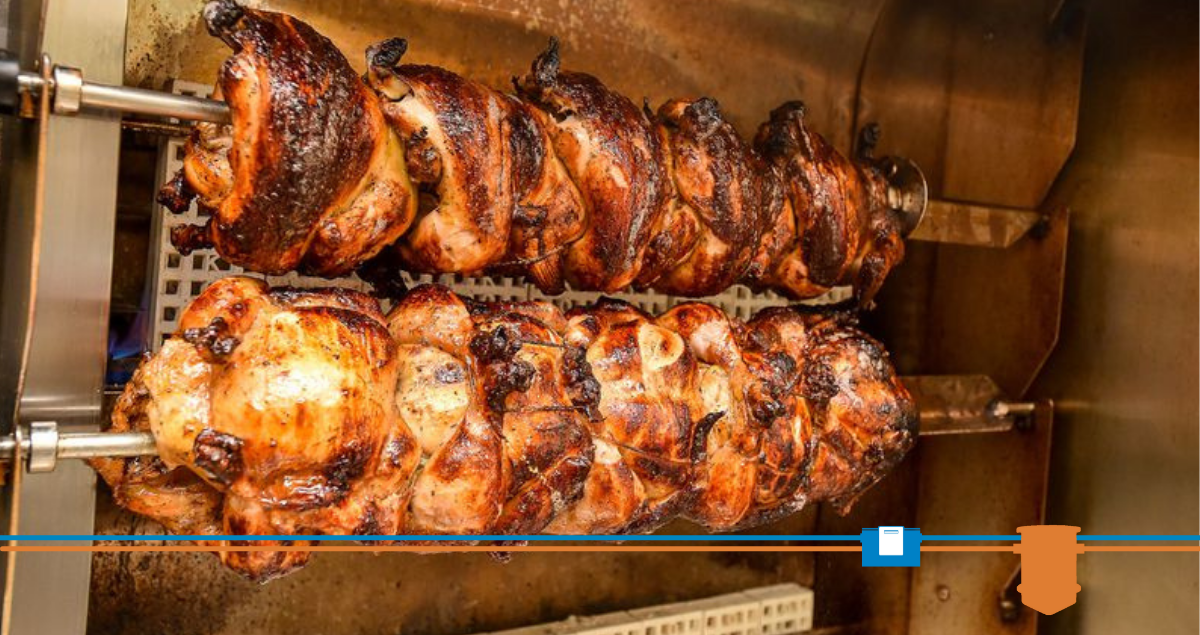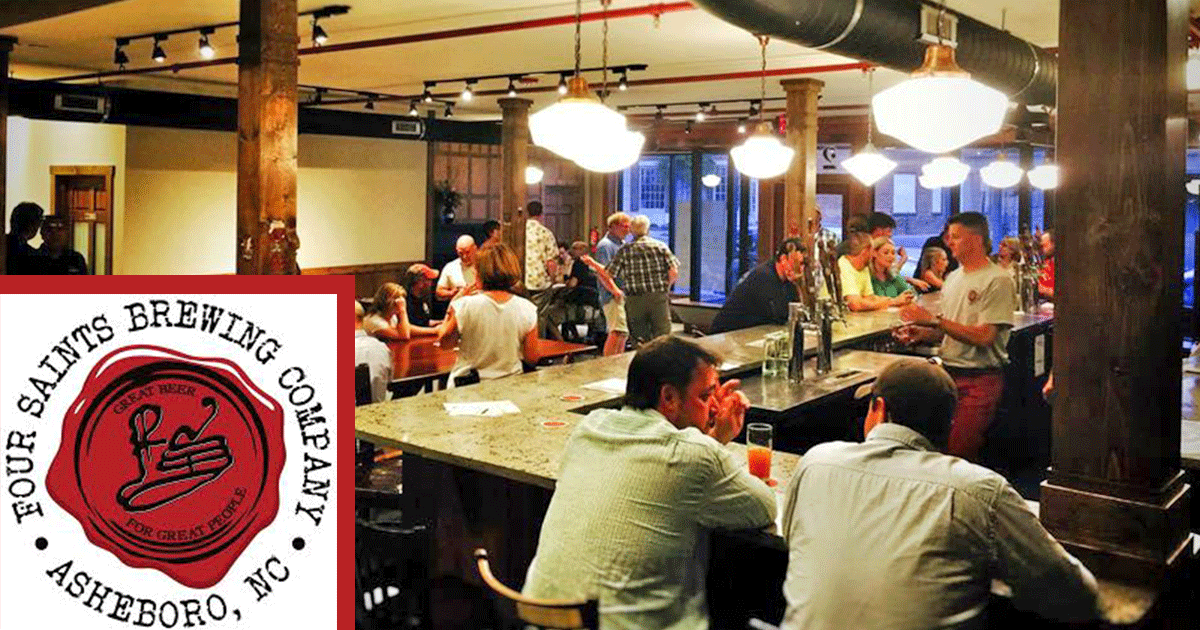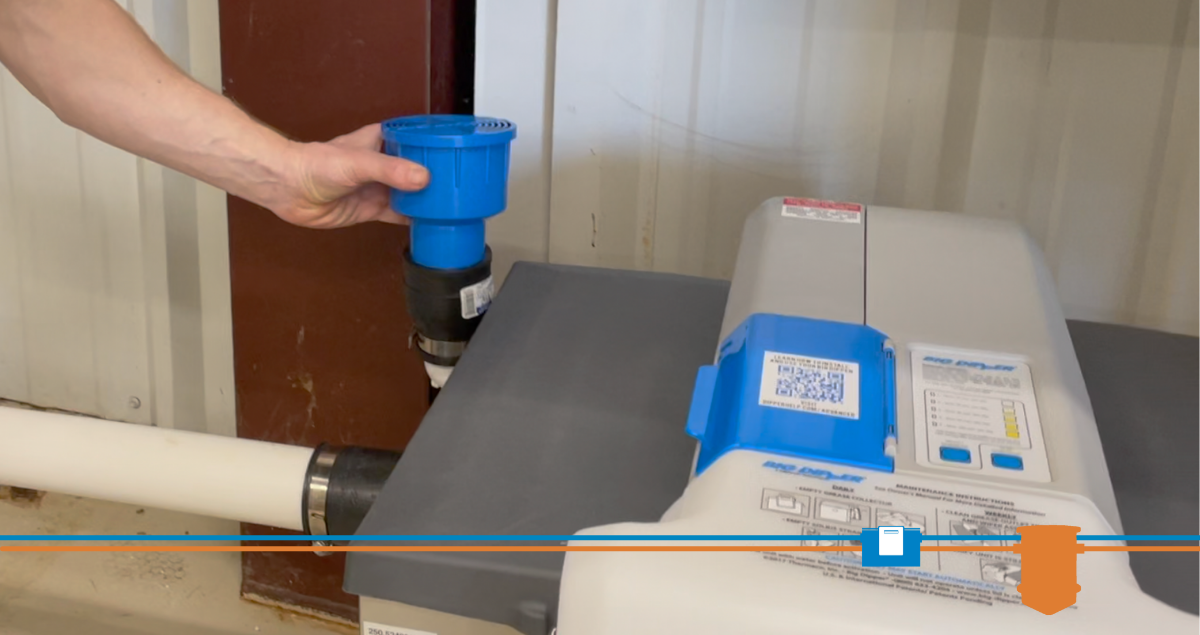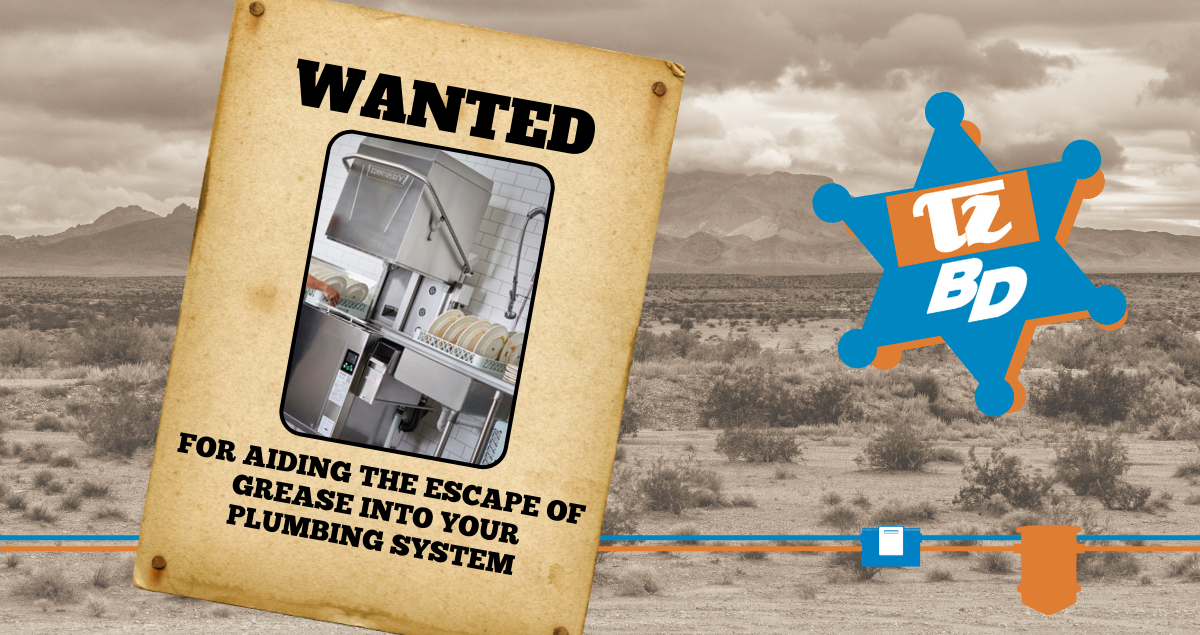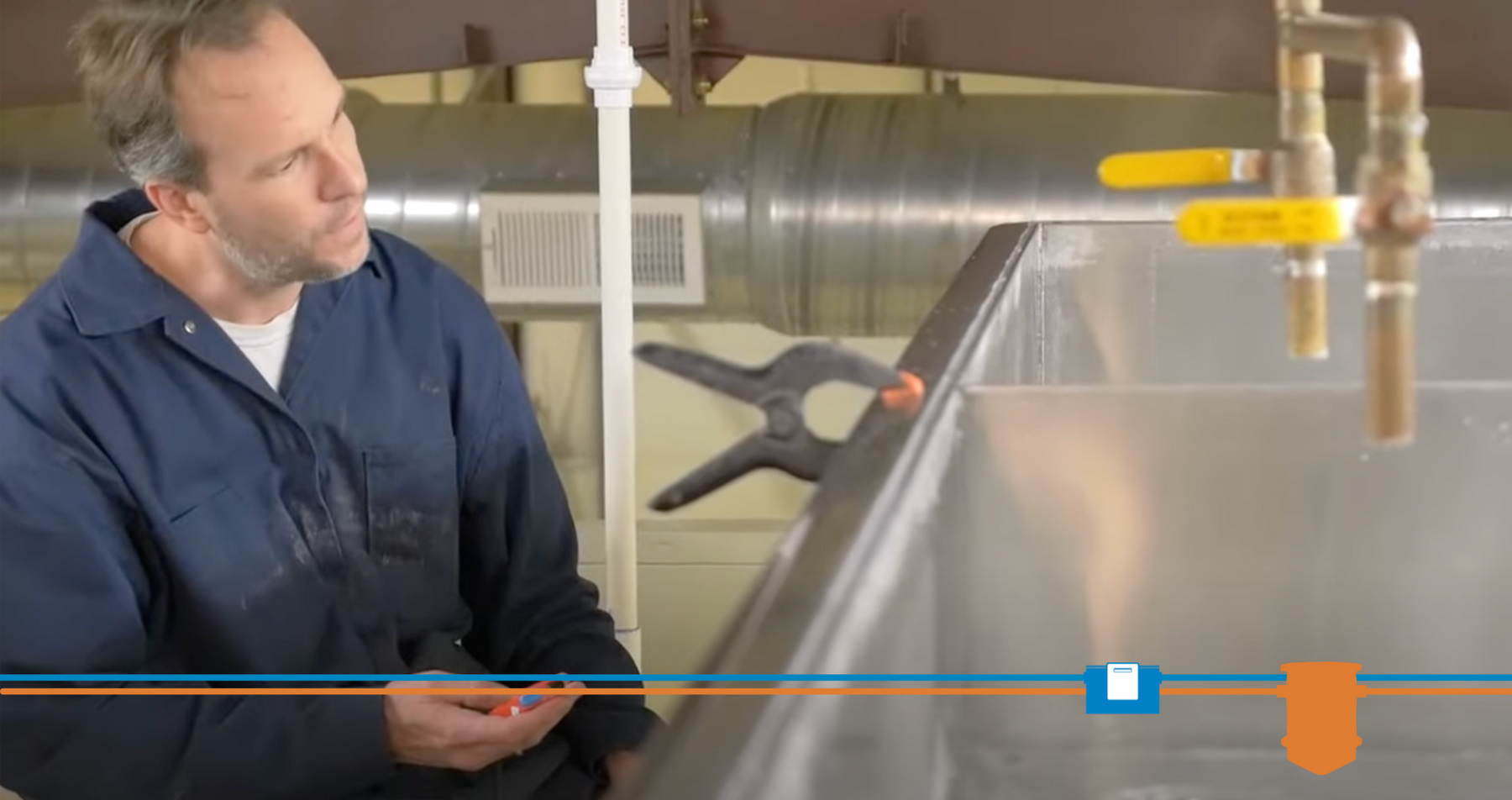Five ways to make your commercial kitchen safer
- Jun 9, 2015
Picture a commercial kitchen during peak rush -- the staff hurriedly prepares food while wait staff bustles in to retrieve orders and bring in stacks of dirty dishes, all in the presence of hot ovens, slippery floors and boiling pots.
So, what can you do to make sure your kitchen is as safe as possible? Check out the tips below.
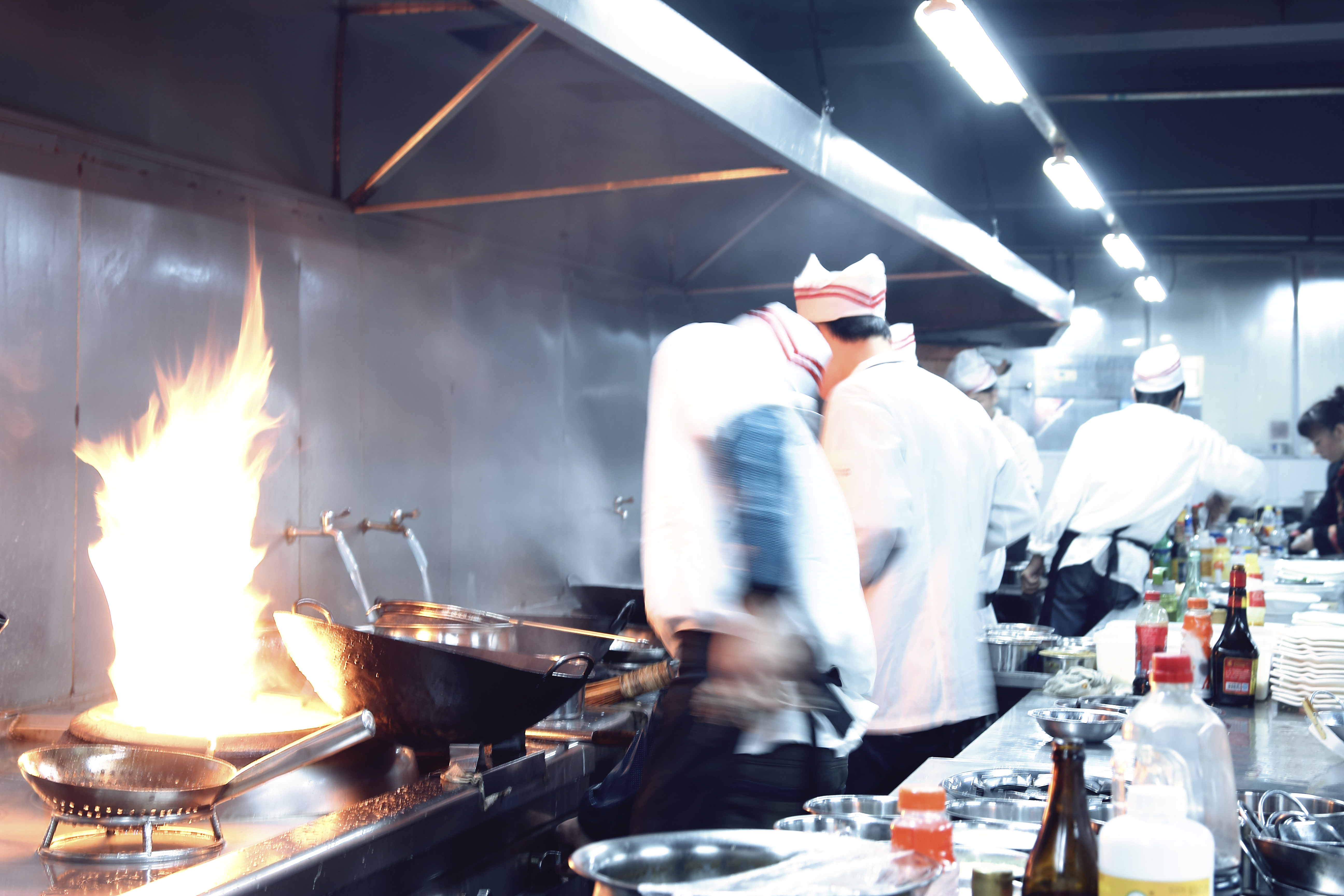
1. Train your staff. Many food service employees receive food safety training their first day on the job, but what about kitchen safety? Make sure your staff knows how to correctly deal with kitchen fires, spills, sharp utensils and cooking equipment.
Remind them to keep cooking-area traffic to a minimum to prevent accidents, avoid baggy clothing that could get caught in kitchen machinery, and to keep employee food and drinks out of the kitchen to avoid additional slippery messes.
2. Check fire suppression system and extinguisher ratings. Commercial kitchens across the country are making the switch from cooking with animal fat, like lard, to vegetable oils. This could create additional danger in the kitchen.
Vegetable oils burn much hotter than their animal-based counterparts, leading to hotter grease fires that are more difficult to extinguish. Have you made the switch to vegetable oils? Make sure your fire suppression system and fire extinguishers are up to the job of putting out the hotter fires.
Current U.S. codes require a UL300 hood extinguishing system when cooking with vegetable oils, along with a K-rated fire extinguisher.
3. Keep the kitchen as grease-free as possible. From range hoods to fans and ducts, commercial kitchens are full of equipment that regularly accumulates grease and should be cleaned regularly. Though a six-month interval is standard, the actual frequency of the service calls will depend on the amount of grease accumulation observed during inspection.
It's equally important to keep the kitchen's floors and walls around the cooking appliances clean to prevent the build-up of grease, as a grease-coated kitchen poses slip-and-fall and fire hazards.
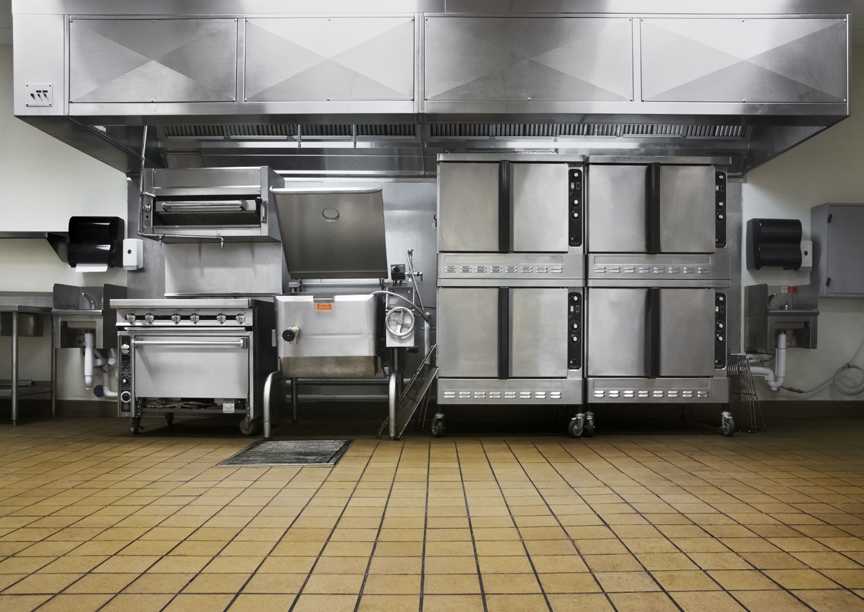
4. Update your grease traps. According to the EPA, grease is the primary cause of the problematic sewer blockages that lead to sewer overflows. To avoid these costly, unhygienic blockages and backups, install a high-capacity grease trap such as our Trapzilla grease interceptors or a point-source unit like our Big Dipper® unit.
5. Deep fry with care. Deep fryers are a major cause of kitchen fires due to the splashing and popping of the oil during the frying process. If oil comes into contact with an open flame from a nearby piece of cooking equipment, like a gas-fired range, it could be disastrous.
Maintain the industry-mandated 16-inch clearance between the deep fryer and the open flame cooking equipment. If a 16-inch clearance is not possible, insert a vertical steel barrier that extends at least 8 inches above the deep fryer.

